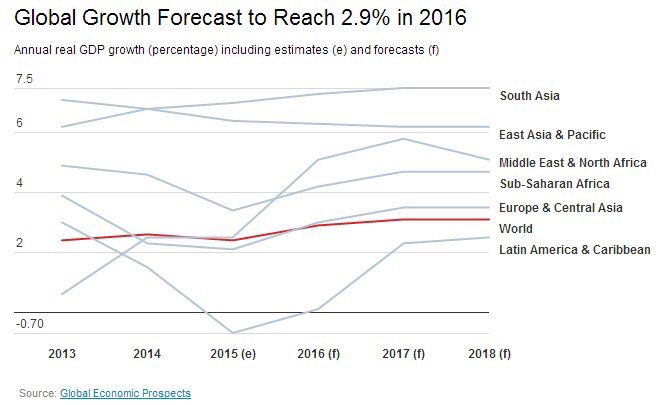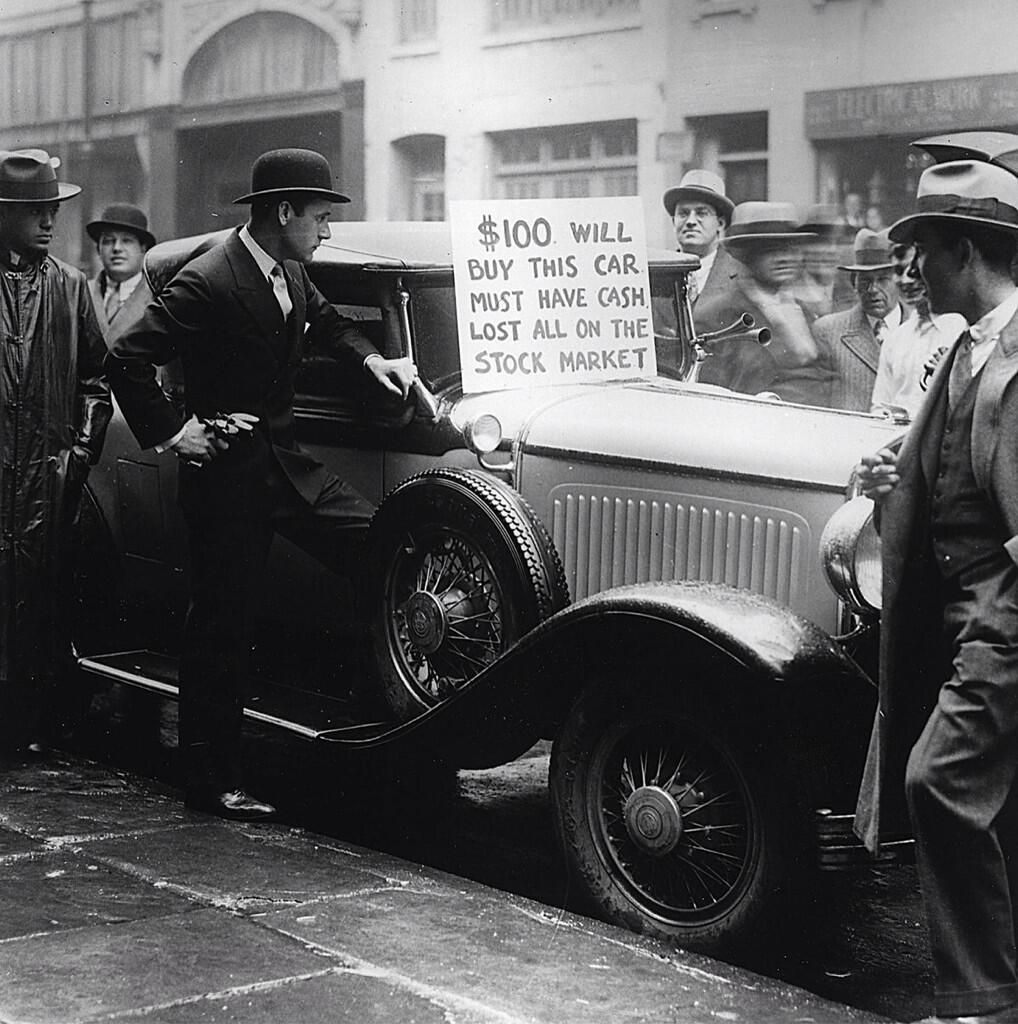
Thomas Edison and his electric car in 1910





Comdisco went bankrupt July 2001


Today’s visualization comes to us from TitleMax, and it shows the net income generated per second by America’s most profitable Fortune 500 companies.
Apple leads the pack by a wide margin, making $1,444 in profit per second – this is equal to $5.2 million per hour, $127 million per day, or $45.7 billion per year, based on 2016 net income figures.
Here is how Apple compares to other top profit-makers in the country:
| Rank | Company | Profit per second | Net income (2016) |
|---|---|---|---|
| #1 | Apple | $1,444.76 | $45.7B |
| #2 | JPMorgan Chase | $782.14 | $24.7B |
| #3 | Berkshire Hathaway | $761.30 | $24.1B |
| #4 | Wells Fargo | $693.75 | $21.9B |
| #5 | Alphabet | $615.96 | $19.5B |
| #6 | Bank of America | $566.24 | $17.9B |
| #7 | Microsoft | $531.21 | $16.8B |
| #8 | Johnson & Johnson | $523.05 | $16.5B |
| #9 | Citigroup | $471.56 | $14.9B |
| #10 | Altria Group | $450.28 | $14.2B |
Apple’s $1,444 per second is in a league of its own – and the company’s competitors only make hundreds of dollars per second. In other words, Apple will likely remain on the top of this list for some time.
The above graphic is based on the 2017 Fortune 500 list, which uses numbers from 2016.
Since the list was published, Apple has released their 2017 results, and we now know that the company has seen another increase in net income – this time it is up to $48.4 billion ($1,533.17 per second).
Companies like JPMorgan Chase, Alphabet, and Berkshire Hathaway have yet to release their figures for 2017, but it’s unlikely that even someone as prolific as Warren Buffett will be able to keep up.
When setting a grand goal, (such as total financial freedom via trading world markets) we are mentally prepared at the outset to encounter some kind of difficulty. When we get to it, it can psychologically look something like this:

A large barrier blocks the way to our goal, yet we KNOW that the realization of our goal lies somewhere on the other side if we can surmount this obstacle. With great efforts then we focus our attention and do the necessary work to get over it.
Yet what we then find is another obstacle; the next block. At this, a small percentage might become discouraged and quit, but others tackle this new obstacle with the same determination that they did on the last one. The problem lies in our inability to consider the enormity of the task at hand. If we could look around the wall to see forwards in time, we may see something like this:

If we had the benefit of such insight we might be able to accurately guess at just how far we had to go and how many more difficulties we have to get over, but we don’t. At each wall, a tiny percentage fall by the wayside, exhausted by these seemingly continual fruitless efforts. The only question is at what point do we jack it in at take up some other pursuit? Interestingly no matter how far we got, once we decide to quit and join the 95% we are no different from someone who gave up at the first obstacle, even if we gave up at the very last wall.
Or do we just doggedly keep going over wall after wall? Its obvious that the only option we have is to either quit or keep going at it and never giving up. Which will you be?
(all times are US ET)
 8:30 am – US June CPI, CPI Ex Food & Energy, CPI Core Index SA, July Advance Retail Sales
8:30 am – US June CPI, CPI Ex Food & Energy, CPI Core Index SA, July Advance Retail Sales
9:55 am – US August Preliminary University of Michigan Confidence Index